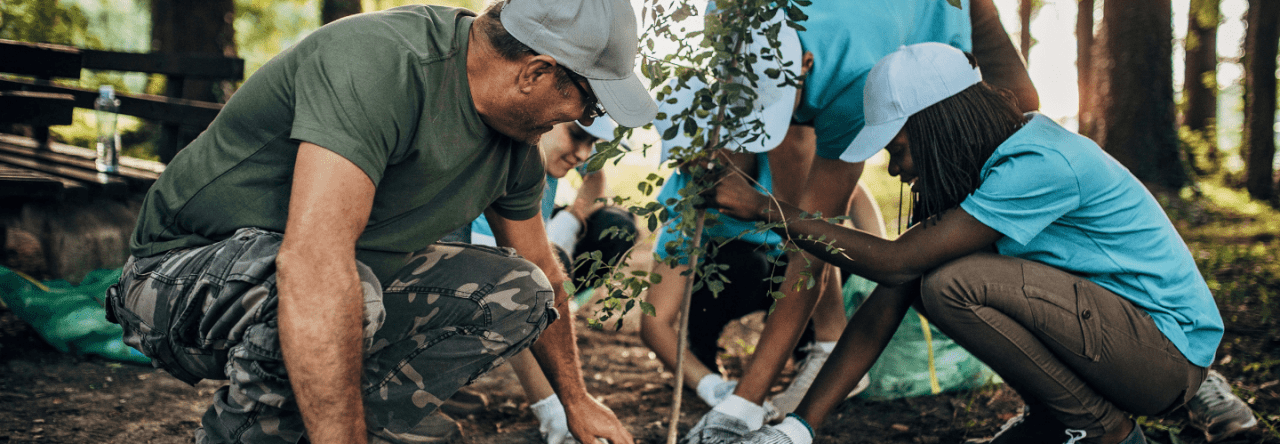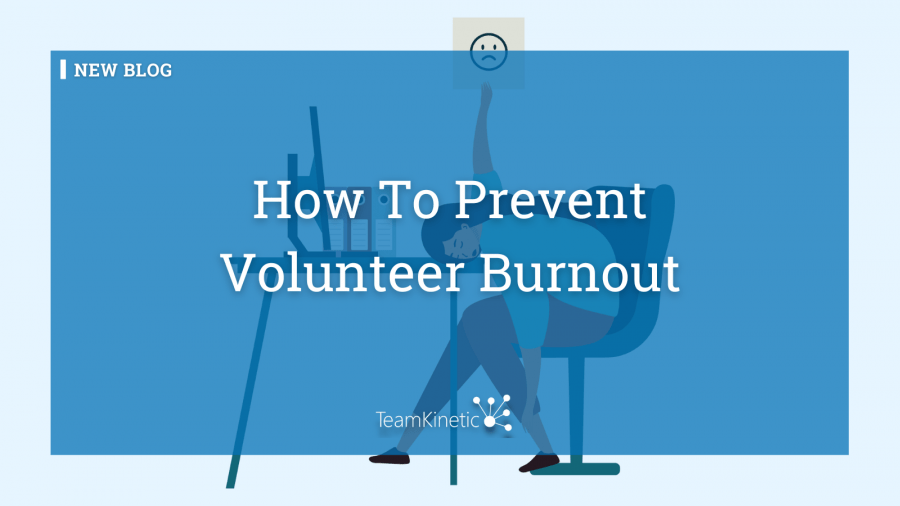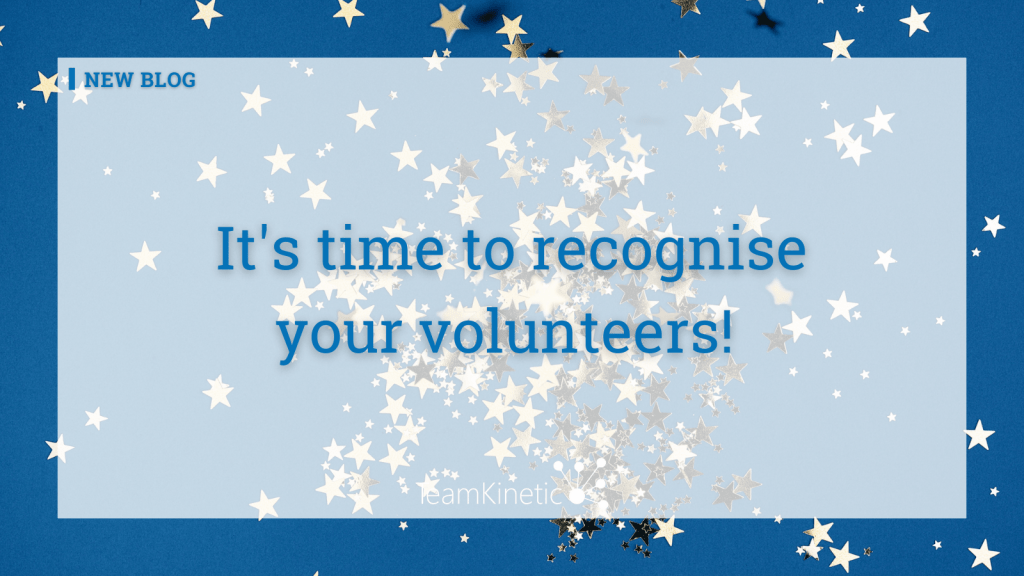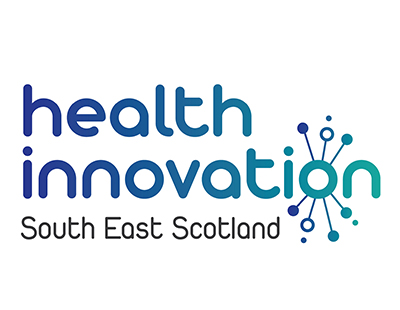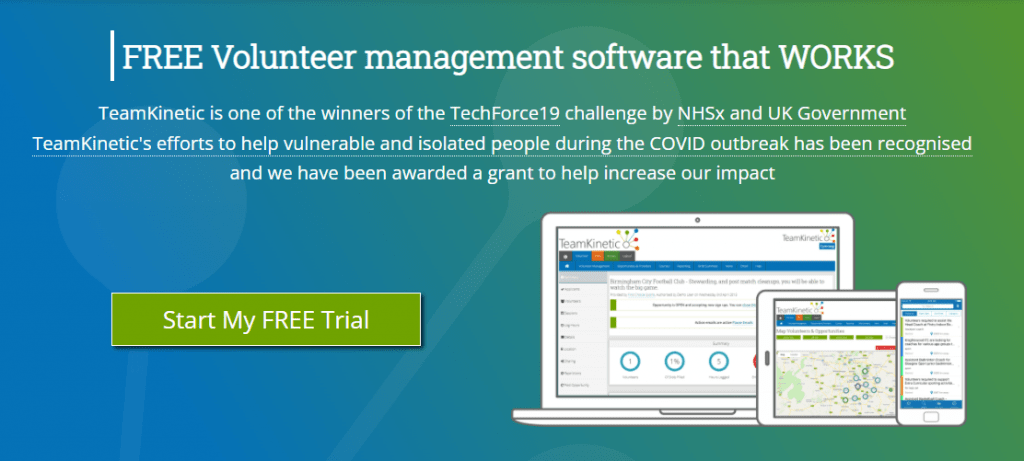The ‘cost of living crisis’ refers to the fall in disposable incomes that the UK has experienced since late 2021. Due to this, the rising cost of living is already starting to have a big impact on volunteering and will continue to do so. The crisis makes the reimbursement of expenses for volunteers a more demanding issue. As fuel prices are rising, in some places as much as £2 a litre, volunteers who don’t normally claim expenses are now starting to.
Research completed by vHelp on volunteer expenses shows that 88% of respondents from volunteer leadership roles and organisations were aware of volunteers choosing not to claim expenses. However, this figure of volunteers claiming expenses is expected to increase. The rising cost of fuel prices could also affect charities and organisations that now have to reimburse a larger amount than before which could leave them struggling.

Expenses
8% of charities still don’t reimburse volunteer expenses. This could put off people from wanting to volunteer for these organisations due to higher travel expenses and the volunteers refusing to pay for these costs themselves. This is why it is extremely important to reimburse volunteers’ expenses otherwise it can lead to a loss of volunteers for your organisation.

Organisations with a complicated expense claiming process, where reimbursement takes a long time can also put volunteers off. 44% of respondents from vHelps research show that ensuring volunteers get paid was a concern of theirs.
Here at TeamKinetic, we provide a quick way for volunteers to claim expenses on our system so they get paid back straight away. We also have a masterclass session for TeamKinetic customers on the ‘Expenses Module’ which will be taking place on the 4th of October so make sure you sign up now to secure a place.
The effect the cost of living will have on charities
The increase in expenses may also be worrying to charities. But volunteers bring much more value to your organisation than the cost of expenses. According to vHelp, the increase in fuel price mostly impacts volunteers who support charities in rural areas due to the only mode of transport to get there for their shifts is by car, which can cost more for the charity to reimburse compared to a bus ticket or no cost for travel at all.
Not only will charities and organisations be affected by the cost of living crisis due to struggling to afford to reimburse volunteers, but charities will also be affected by the decrease in donations by the public. The cost of living crisis means that people’s disposable income will be greatly affected so they might not have the funds to donate as much to charities as they did previously.
According to an article by The Guardian, a fifth of UK households now have an average shortfall of £60 a week between what they earn and what they need to cover essentials. This leaves people with the lowest amount of extra money in 5 years. The expected value of £20 that people usually donate will also be expected to fall to £17.20 by 2026. ‘Chance Changing Lives’ charity that relies on ‘In Kind Directs’ consumer product donation services said they “may have to have a cut-off point very soon as donations have slowed down to such an extent that there may soon not be enough to go round”.
Charities need to start planning now to tackle the cost of living crisis which could massively affect their organisation and their volunteers. Support from funders and the government may be needed in order to help the charity sector during this crisis.
More support on how charities should adapt to the cost of living crisis can be found here.
You can find TeamKinetic on social media and listen to our podcast:
Twitter Facebook LinkedIn YouTube Instagram Podcast
Have you enjoyed using TeamKinetic? If you could leave us a review on Capterra, we’d really appreciate it! We’ll even send you a little thank you.
